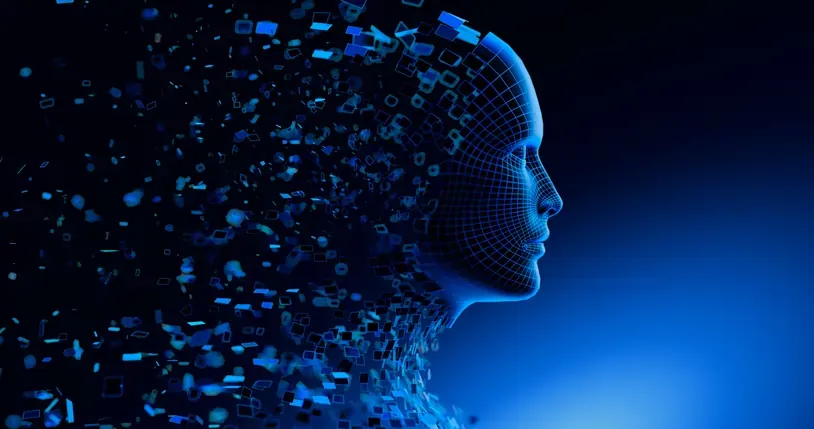
In the ever-evolving landscape of artificial intelligence, two terms have recently caught the public’s attention: ZeroGPT and “This Person Does Not Exist.” These concepts represent groundbreaking advancements in AI technology, pushing the boundaries of what machines can create and how they interact with human reality.
What is ZeroGPT?
ZeroGPT is a term coined to describe a version of the Generative Pre-trained Transformer (GPT) model that generates content with zero human intervention. This iteration of GPT focuses on enhancing the autonomous capabilities of AI, enabling it to produce highly sophisticated and coherent text without any prompts from human users. This leap in AI development has significant implications for various industries, including content creation, customer service, and entertainment.
The Impact of ZeroGPT
ZeroGPT’s ability to generate content autonomously can revolutionize how businesses approach content marketing and customer engagement. For instance, companies can deploy ZeroGPT to create product descriptions, blog posts, and social media content, ensuring a consistent and high-quality output without the need for constant human oversight. This not only reduces operational costs but also allows human workers to focus on more strategic and creative tasks.
Moreover, ZeroGPT can enhance customer service by providing instant, accurate, and contextually appropriate responses to customer inquiries. This can lead to higher customer satisfaction rates and improved brand loyalty.
Understanding “This Person Does Not Exist”
On the other hand, “This Person Does Not Exist” refers to a website that generates images of human faces using AI algorithms. The faces produced by this AI do not belong to any real person but are entirely fabricated by the machine learning model. The technology behind this website is based on Generative Adversarial Networks (GANs), which consist of two neural networks competing against each other to create increasingly realistic images.
The Technology Behind “This Person Does Not Exist”
GANs are a type of deep learning model where two neural networks, the generator and the discriminator, work in tandem. The generator creates images, while the discriminator evaluates their realism. Through this process, the generator learns to produce highly realistic images that can fool even the most discerning human eye.
The implications of this technology are vast. In addition to creating lifelike human faces, GANs can be used in various fields, such as art, fashion, and even video game design, to create realistic and immersive environments and characters.
Ethical Considerations and Future Prospects
While the advancements in ZeroGPT and “This Person Does Not Exist” are impressive, they also raise ethical concerns. The ability of AI to generate convincing human-like text and images can be misused for malicious purposes, such as creating fake news or deepfake content. It is crucial for developers and policymakers to establish guidelines and regulations to prevent the misuse of these technologies.
Looking forward, the potential applications of ZeroGPT and GANs are immense. As AI continues to advance, we can expect even more sophisticated and autonomous systems capable of transforming various aspects of our lives. However, it is essential to balance innovation with ethical considerations to ensure that these technologies benefit society as a whole.
In conclusion, ZeroGPT and “This Person Does Not Exist” showcase the remarkable progress in AI technology. They offer exciting possibilities for automation, creativity, and realism in digital content creation. As we navigate the future of AI, it is crucial to harness these advancements responsibly, ensuring they serve humanity positively and ethically.


